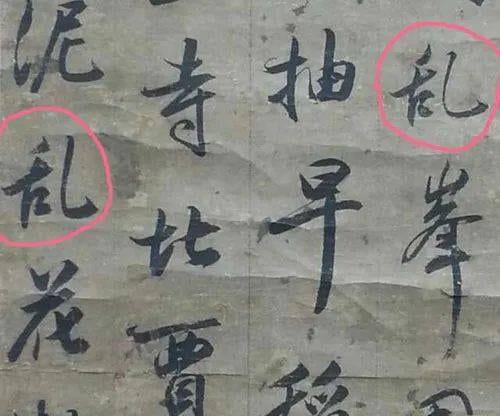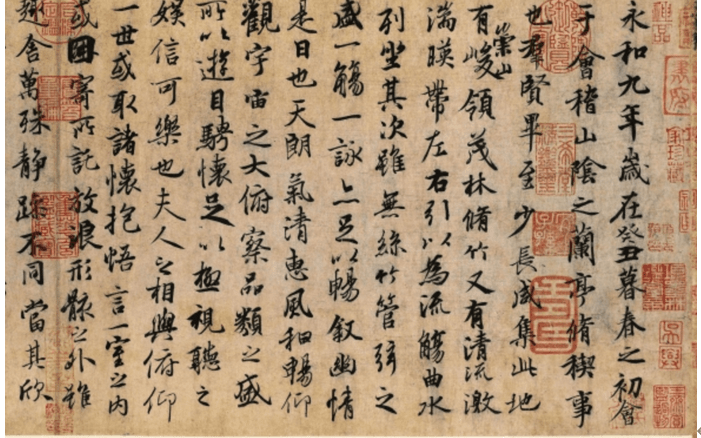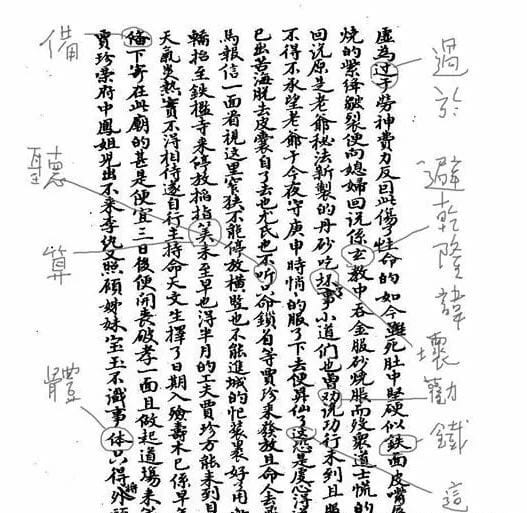Assignment I:
Choose any specific object you consider to be authentic such as an artifact in a museum or from an archaeological site, electricity bill issued by the city, or a recording of an obsolete language of a Native American tribe. Write a blog post for no more than three paragraphs about the artifact addressing below:
- Upload an image of your artifact. (2D/3D object, audio, video, etc.)
- Explain why, in your opinion, this artifact is authentic.
- Now, let’s assume this artifact could be fake. Based on what reason do you think this artifact is not genuine?

The work of Su Tingyu, a calligrapher of the Qing Dynasty was exhibited in Jiangxi Provincial Museum and Xiamen Museum. This work raised a great controversy because of the use of simplified Chinese “乱” in this Qing Dynasty cultural relic.
Let’s assume this artifact is a fake one first. This is not a genuine one because most of the simplified Chinese characters in use today were introduced after The State Council of China officially announced “the Simplified Chinese Characters Program” in 1956. Hence, in this case, the shown character is supposed to be “亂” instead of “乱”. This is the main argument in terms of its authenticity.
However, it could be authentic since there are cases of the use of simplified Chinese characters in ancient Chinese calligraphy. The characters for “east东” and “horse马” in Wang Xizhi’s cursive “Seventeen Ties” are indistinguishable from the simplified characters used in modern times

Wang Xizhi’s Running script lanting Collection Preface contains 324 characters, of which 102 are simplified characters, accounting for one-third of the total words.

Coincidentally, in addition to Su Tingyu’s and Wang Xizhi’s simplified characters, many simplified characters even appeared in bamboo slips and silk manuscripts of the Han Dynasty, and were used throughout the dynasties.
Many simplified characters were also found in the warning World Tongyan, which was officially published by Feng Menglong, a litterateur in the late Ming Dynasty.

In conclusion, the use of simplified Chinese characters in ancient works does not mean they are fake! It just means that People were lazy when it came to writing.
Leave a Reply